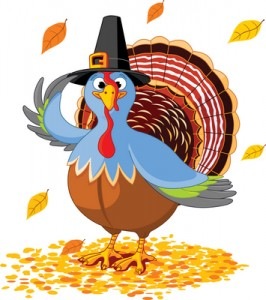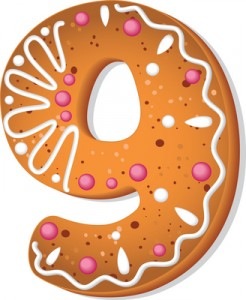 So many of us toast to the holidays with drink in hand – alcoholic or not. Be smart about the booze, the mixers, eggnog, and cider and aim to keep your calories and your buzz under control.
So many of us toast to the holidays with drink in hand – alcoholic or not. Be smart about the booze, the mixers, eggnog, and cider and aim to keep your calories and your buzz under control.
A standard drink is 1.5 ounces of hard liquor, 5 ounces of wine, or 12 ounces of beer. Think about that when someone pours with a heavy hand. Odds are that five ounces of wine is far less than most of us would pour into our glass.
Calories And Grams Of Alcohol
Alcohol has 7 calories per gram but doesn’t fill you up the way food does, so you can drink a lot and not feel stuffed.
Alcohol also lowers your inhibitions and your resolve not to eat everything at the buffet table often flies right out the window.
- 12 ounces of beer has 153 calories and 13.9 grams of alcohol
- 12 ounces of lite beer has 103 calories and 11 grams of alcohol
- 5 ounces red wine has 125 calories and 15.6 grams of alcohol
- 5 ounces of white wine has 121 calories and 15.1 grams of alcohol
- 1 1/2 ounces (a jigger) of 80 proof (40% alcohol) liquor has 97 calories and 14 grams of alcohol
- Drinking light beer rather than regular saves about 50 calories a bottle
- A frozen margarita has about 45 calories an ounce
- A plain martini, no olives or lemon twist, has about 61 calories an ounce
- An 8 oz white Russian made with light cream has 715 calories
- An 8 oz cup of eggnog has about 343 calories and 19 grams of fat thanks to alcohol, heavy cream, eggs, and sugar
- Mulled wine, a combination of red wine, sugar/honey, spices, orange and lemon peel, has about 210 to 300 calories per 5 ounces, depending on how much sweetener is added
- One cup (8 oz) of apple cider – without any additives – has 115 calories
- A mixed drink runs about 250 calories. Watch your mixers — per ounce club soda has no calories, tonic has10, classic coke has 12, Canada Dry ginger ale has 11, orange juice has 15, and cranberry juice has 16
- One hot buttered rum has 218 calories
- One Irish coffee has 218 calories
- One cup of coffee with cream and sugar runs at least 50 calories (more if it’s sweet and light)
- 1 glass cider or sparkling grape juice has 120 calories
- Champagne is a comparative caloric bargain at about 19 calories an ounce



